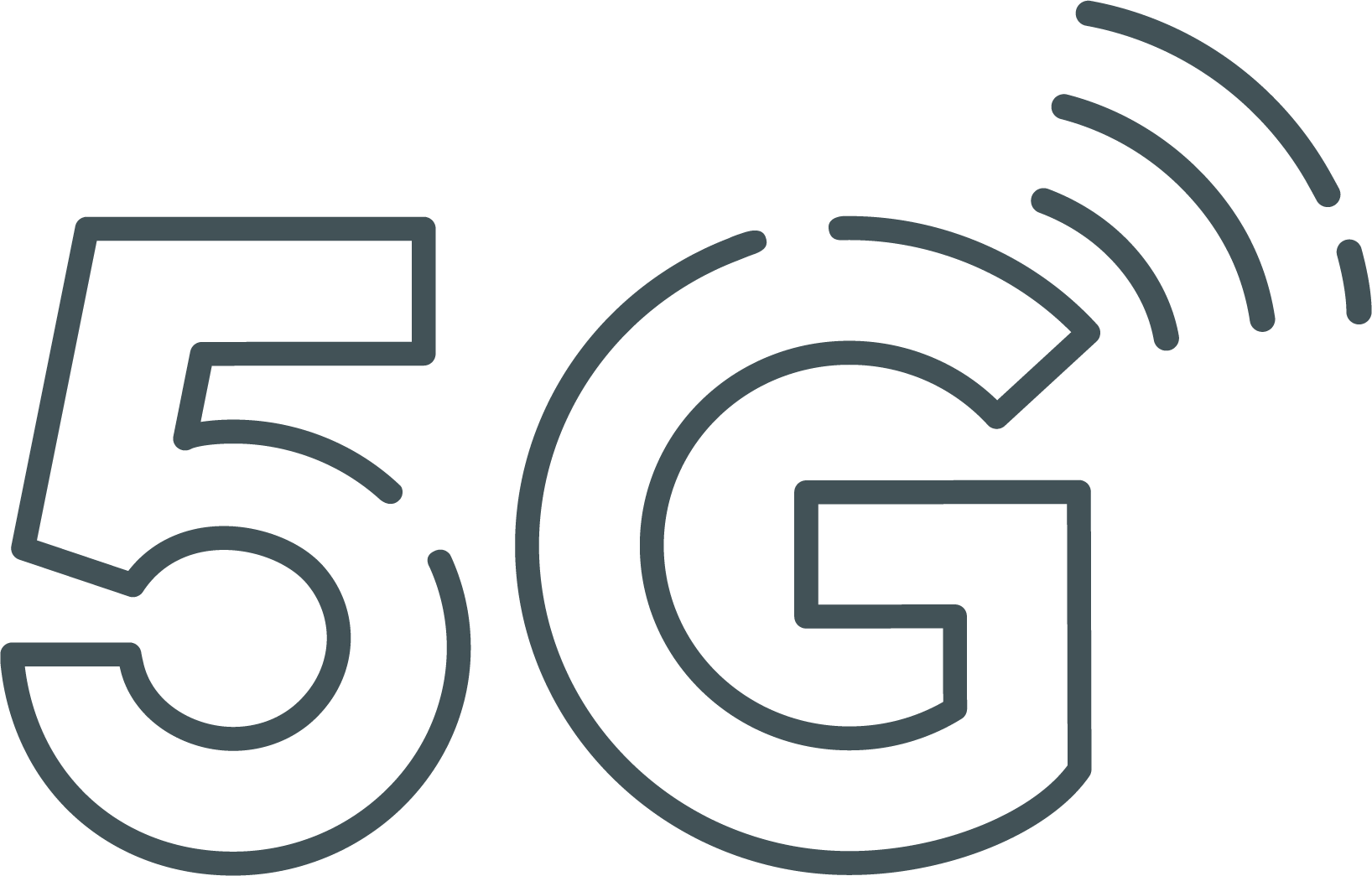What is 5G?
5G is focused on delivering high speeds, low latency and a highly reliable wireless connectivity to the end user.


5G is focused on delivering high speeds, low latency and a highly reliable wireless connectivity to the end user.
10G refers to the 10 gigabit-per-second speed the 10G platform will deliver to homes, while 5G, or fifth-generation cellular wireless, refers to the latest generation of mobile technology following the LTE deployments (also known as 4G networks) that mobile operators are currently deploying.
5G requires an infrastructure that can meet its speed, latency and reliability requirements. The 10G platform is a key enabler of 5G’s faster speeds, better connectivity and reduced latency. This is because the cable industry can provide the supporting infrastructure 5G requires to achieve its potential and thus they complement each other. The 10G platform makes 5G network better and enables 5G networks to ruse to their full potential.

5G refers to the fifth-generation cellular wireless technology while DOCSIS 3.1 refers to the latest DOCSIS technology currently deployed by cable operators, and delivering gigabit services over wireline, thus they are not comparable. The latest DOCSIS 3.1 standard enables cable operators to support all 5G requirements. The DOCSIS specification was recently upgraded to enable cable networks to provide mobile wireless backhaul services more effectively. This will support an increasing number of small cell architectures and 5G.

In addition to traditional mobile frequencies, 5G is powered by millimeter waves, or mmWave spectrum. Between microwave and infrared waves, millimeter wave is the band of spectrum between 30 GHz and 300 GHz that will allow 5G to deliver faster and higher quality multimedia services.
5G mmWave connectivity relies on a network of small cells (short-range wireless stations). A small cell installation consists of small radio equipment and antennas that can be placed on structures such as streetlights, the sides of buildings, or poles. The size of a pizza box, they are essential for transmitting data to and from a wireless device.
Crucially, these stations need a backhaul (a connection to the internet) for which the robust and resilient cable network is a perfect match. With cable now passing 92% of U.S. households and more than half of all European households, cable is able and ready to enable a robust 5G network.